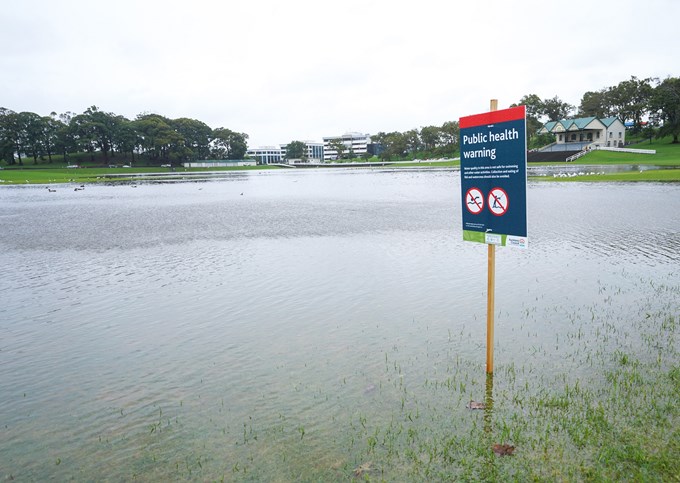Initial estimates of costs associated with the flooding and cyclone events of early 2023 could be as high as $4 billion once broader climate resilience costs are taken into account, according to further work carried out by Auckland Council.
Council Chief Executive Phil Wilson says this new projection widens the scope from recovery costs to now include both short-term investment, like the proposed property buy-out scheme, and longer-term investment in infrastructure projects that will increase the region’s resilience in the face of the climate change.
“Four billion dollars is a rather confronting figure and we must stress that this is an overall envelope – the potential total cost to Auckland, not the cost to be borne in its entirety by Auckland Council ratepayers. Discussions on cost-sharing arrangements are continuing with central government.
“One of the key things we’re grappling with as we work through recovery from this year’s storm events is striking a balance between future resilience and current need. This means ensuring we have the right mix of recovery and repair work programmed, alongside projects that will futureproof our region against the ongoing impacts of climate change,” he says.
Earlier this year the council reported that the cost of its operational response to these events and returning assets to their previous service levels could cost between $900 million and $1.2 billion.
Costs in the financial year that ended 30 June 2023 were largely addressed through reductions in other expenditure, insurance recoveries, and some increase in debt compared to previous forecasts. The council’s Annual Budget 2023/2024 was adopted in June 2023 and included:
- reprioritisation of capital expenditure towards the need to remediate damaged assets
- an increase to Watercare’s capital budget to accommodate additional storm related capital expenditure
- budget for reactive clearing and maintenance requirements if future heavy rainfall events impact assets that are already damaged
- operational funding for the Tāmaki Makaurau (Auckland’s) Recovery Office
- a new Storm Response Fund focused on operating activities to increase Auckland Council’s capacity to prepare for and respond to future storm events
- strengthening of Auckland Emergency Management.
In addition to the costs of recovering our services and infrastructure the council has begun work to identify the potential costs to improve community and infrastructure resilience and address unacceptable risk to life from future storm events. This includes supporting individual properties affected through either property-level interventions or through a proposed buy-out scheme.
Mr Wilson reiterates that this cost estimate is highly uncertain and is dependent on a number of factors that are yet to be finalised.
“Work continues to confirm the number of severely affected properties, the detailed infrastructure that might be needed to protect properties and communities, and the specific details of the property buy-out scheme.
“As you might therefore expect, the funding for these costs also remains highly uncertain. However, the government has committed to supporting some costs to enable a buy-out scheme and to co-fund work needed to protect properties where risk can be managed. The level of this support and co-funding is the subject of current negotiations,” he says.
Funding this work and impact on debt
Following on from some key budget decisions made in recent years, the council retains a number of funding options for its share of the costs, including:
- reducing or deferring other capital spending
- further sale of assets
- further service reductions
- considering the level of future rates increases
To the extent that council needs to use debt to finance its share of upfront costs until benefits from longer-term funding options are realised, its debt to revenue ratio may increase. This ratio was projected to be 230 per cent in the Annual Budget 2023/2024 and to fall to 220 per cent over time, compared with the council’s prudential debt policy limit of 290 per cent.
The council remains strongly committed to maintaining a prudent and sustainable approach to long-term financial management.
It currently has credit ratings of AA/Aa2 from S&P Global Ratings and Moody’s Investors Service respectively, both on stable outlook.


